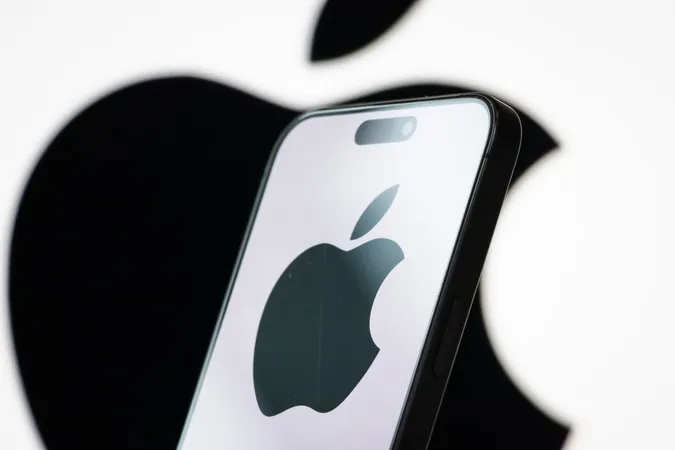
Are These Meteorites the First Ever Pieces of Mercury Found on Earth?
2025-07-01
Author: Amelia
A Groundbreaking Discovery in the Sahara
In a stunning twist of fate, scientists have stumbled upon meteorites in the Sahara Desert that could possibly be the first fragments of Mercury ever discovered on our planet. These rocks, found in Tunisia and Morocco, suggest a tantalizing link to the Solar System's innermost planet, which remains shrouded in mystery.
Connecting the Dots: Mercury's Surface and These Meteorites
The meteorites exhibit striking similarities to Mercury’s surface, but they also flaunt a unique mineral that has never been spotted on the planet’s crust. While the origins of these rocks are still up for debate, their discovery could offer valuable insights into our understanding of Mercury.
Why Hasn’t Anyone Sampled Mercury Yet?
Despite humanity's strides in space exploration, no one has ever set foot on another planet—Mercury included. Mars may share its rocks with Earth through meteorites, but not Mercury. Planetary scientist Ben Rider-Stokes is on a mission to uncover this enigma. While missions like MESSENGER have gathered vital data about Mercury’s composition, sending a probe to retrieve samples without succumbing to the extreme solar radiation has proven to be a formidable challenge.
The Meteorite Mysteries Unraveled
Stokes analyzed meteorites previously thought to be from Mercury and found intriguing matches in Ksar Ghilane 022 and Northwest Africa 15915. Both specimens are classified as achondrites and boast a mineral makeup that aligns closely with what we expect from Mercury's crust.
What Makes These Meteorites Stand Out?
But there's a catch—these meteorites carry elements reminiscent of aubrites, a class of meteorites not expected to originate from Mercury. Aubrites are primarily composed of the silicate mineral enstatite, which differs significantly from Mercury's known composition.
A Glimpse into Mercury's Ancient History
The age of these meteorites, approximately 4.5 billion years, raises questions about Mercury’s past. It’s hypothesized that Mercury may have once sported a different crust before asteroid bombardment altered its landscape. In fact, these meteorites are older than some of Mercury’s smooth plains, which originated around 3.6 billion years ago.
Looking Ahead: The BepiColombo Mission
With the BepiColombo mission set to arrive at Mercury by 2026, researchers are hopeful that it may identify the geological structures behind these enigmatic rocks. Even if Ksar Ghilane 022 and Northwest Africa 15915 aren’t confirmed as Mercury’s remnants, they could still be crucial in understanding planetary surfaces too extreme for human exploration.
Could This Be Just the Beginning?
With these exciting discoveries unfolding, the quest to unravel the mysteries of Mercury is just beginning. Stay tuned, as the universe has a way of revealing its secrets when we least expect it!









 Brasil (PT)
Brasil (PT)
 Canada (EN)
Canada (EN)
 Chile (ES)
Chile (ES)
 Česko (CS)
Česko (CS)
 대한민국 (KO)
대한민국 (KO)
 España (ES)
España (ES)
 France (FR)
France (FR)
 Hong Kong (EN)
Hong Kong (EN)
 Italia (IT)
Italia (IT)
 日本 (JA)
日本 (JA)
 Magyarország (HU)
Magyarország (HU)
 Norge (NO)
Norge (NO)
 Polska (PL)
Polska (PL)
 Schweiz (DE)
Schweiz (DE)
 Singapore (EN)
Singapore (EN)
 Sverige (SV)
Sverige (SV)
 Suomi (FI)
Suomi (FI)
 Türkiye (TR)
Türkiye (TR)
 الإمارات العربية المتحدة (AR)
الإمارات العربية المتحدة (AR)